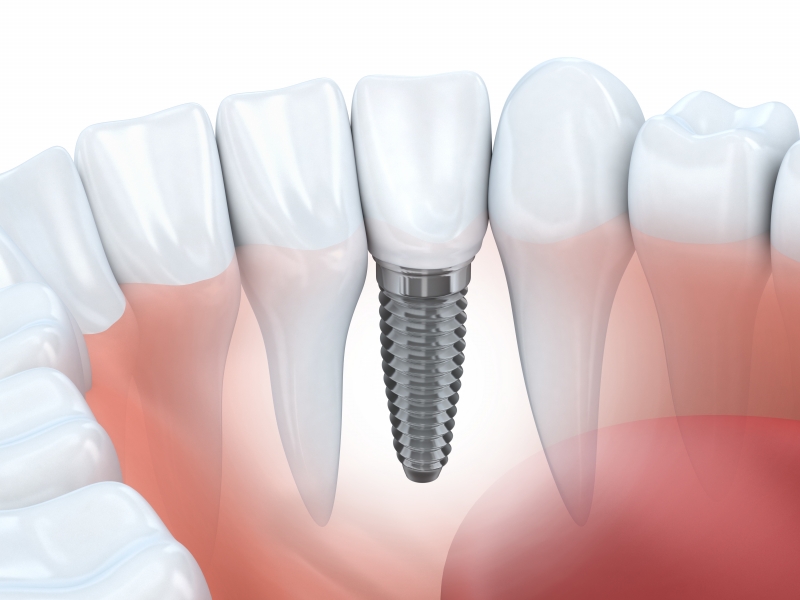Dental implants have emerged as a revolutionary solution for tooth replacement, offering a permanent and natural-looking alternative to missing teeth. However, a common concern among patients is whether these artificial tooth roots can truly mimic the sensation of natural teeth. This article explores the science behind dental implants and their ability to provide a natural feel, drawing insights from authoritative sources and patient experiences.
The Process of Osseointegration
At the core of dental implants’ natural feel lies the process of osseointegration . This biological phenomenon allows the implant, typically made of titanium, to fuse with the jawbone, creating a stable foundation akin to a natural tooth root. As bone cells and tissue grow around the implant, it becomes an integral part of the jawbone, mimicking the anchoring mechanism of natural teeth .
Nerve Sensitivity and Sensory Perception
While the osseointegration process provides a sturdy base for the implant, it’s important to note that dental implants lack nerve sensitivity . Natural teeth contain nerves that transmit sensations like temperature, pressure, and pain. Since implants do not have these nerve endings, patients rely on the surrounding gum tissue to provide sensory feedback .
Patient Satisfaction and Quality of Life
Despite the lack of nerve sensitivity, numerous studies have reported high levels of patient satisfaction with dental implants . Patients cite improvements in function, aesthetics, and overall quality of life, with many stating that they forget the implants are not their natural teeth . The ability to chew and speak comfortably contributes to the perception of a natural feel .
Factors Influencing Natural Sensation
Several factors can influence how natural dental implants feel:
- Age and Health: Younger patients tend to have higher success rates with implants, which can contribute to a more natural sensation .
- Bone Quality: The quality and quantity of jawbone available for the implant play a crucial role in the success and natural feel of the implant .
- Implant Position: Implants placed in the front of the mouth, where there is typically more bone, may feel more natural due to less stress and a better bond with the bone .
Aesthetic and Functional Outcomes
Dental implants are meticulously designed to mimic the appearance and function of natural teeth . The crowns or prosthetic teeth are crafted to match the color, size, and shape of existing teeth, contributing to a natural look . Additionally, the stability provided by the implant’s integration with the jawbone allows for a natural biting force, which is a crucial component of the natural sensation during eating .
Long-Term Success and Durability
One of the key advantages of dental implants is their impressive long-term success rates, with studies reporting rates between 90% to 98% over a 10-year period . This high success rate and durability contribute to the perception of implants as a natural-feeling and reliable tooth replacement option.
Conclusion
While dental implants may not contain nerves and therefore lack the sensitivity of natural teeth, they are designed and positioned in a way that closely replicates the look, feel, and function of natural teeth . High patient satisfaction rates and the ability to chew and speak without discomfort further reinforce the notion that dental implants can indeed feel natural . With proper care and maintenance, dental implants not only provide a durable and aesthetically pleasing solution but also one that patients can perceive as a natural part of their dentition.
For more information about dental implants and to schedule a consultation, visit our official website russiandent.com.
